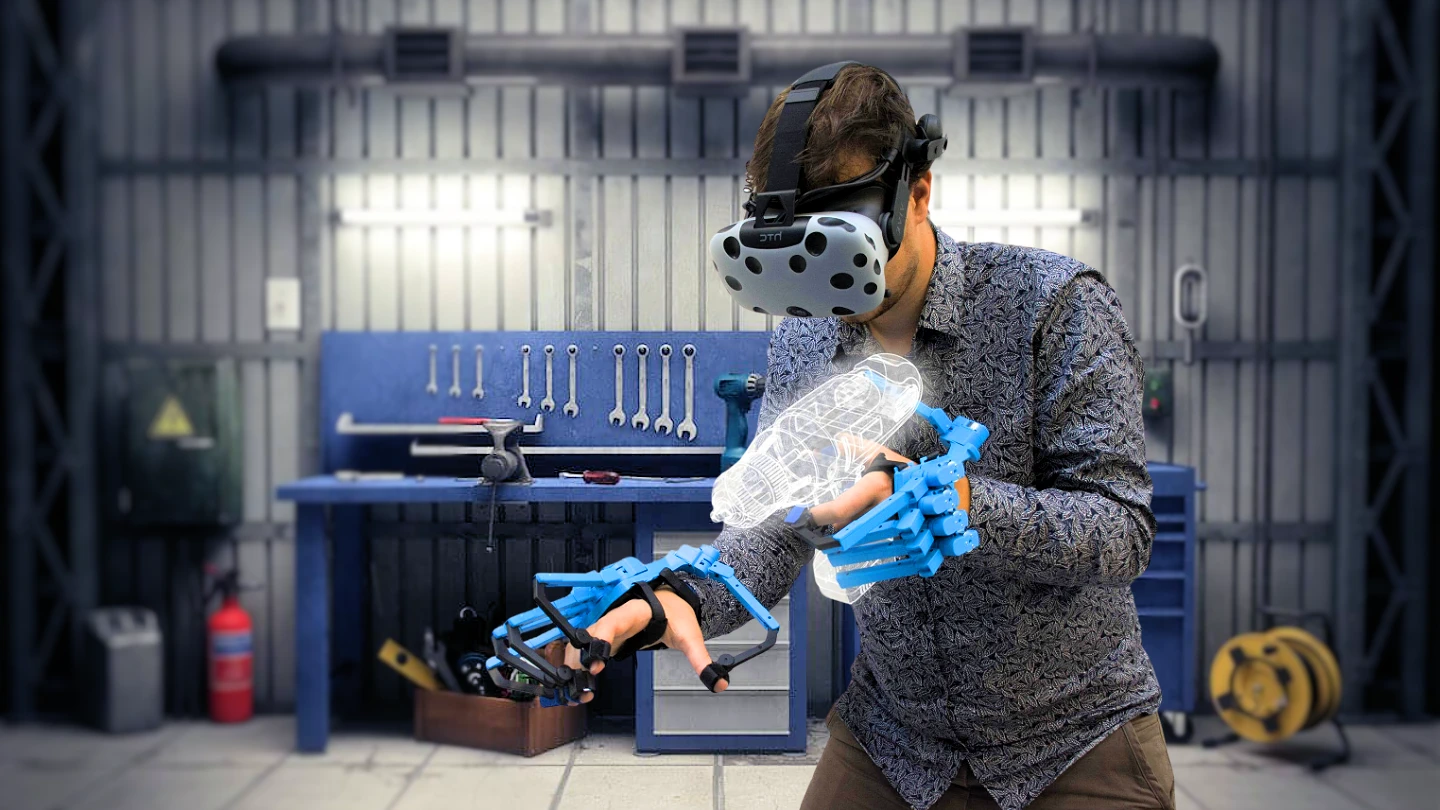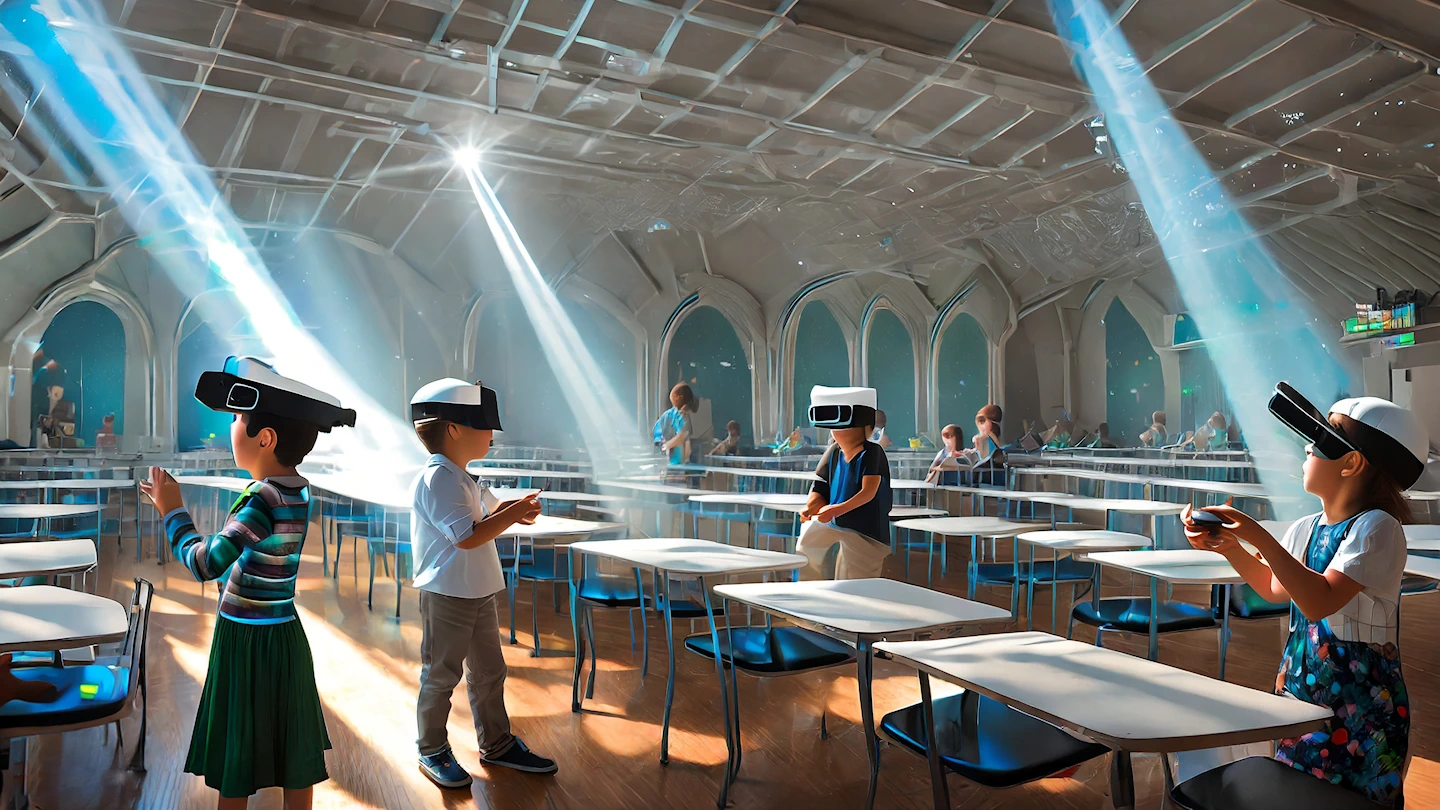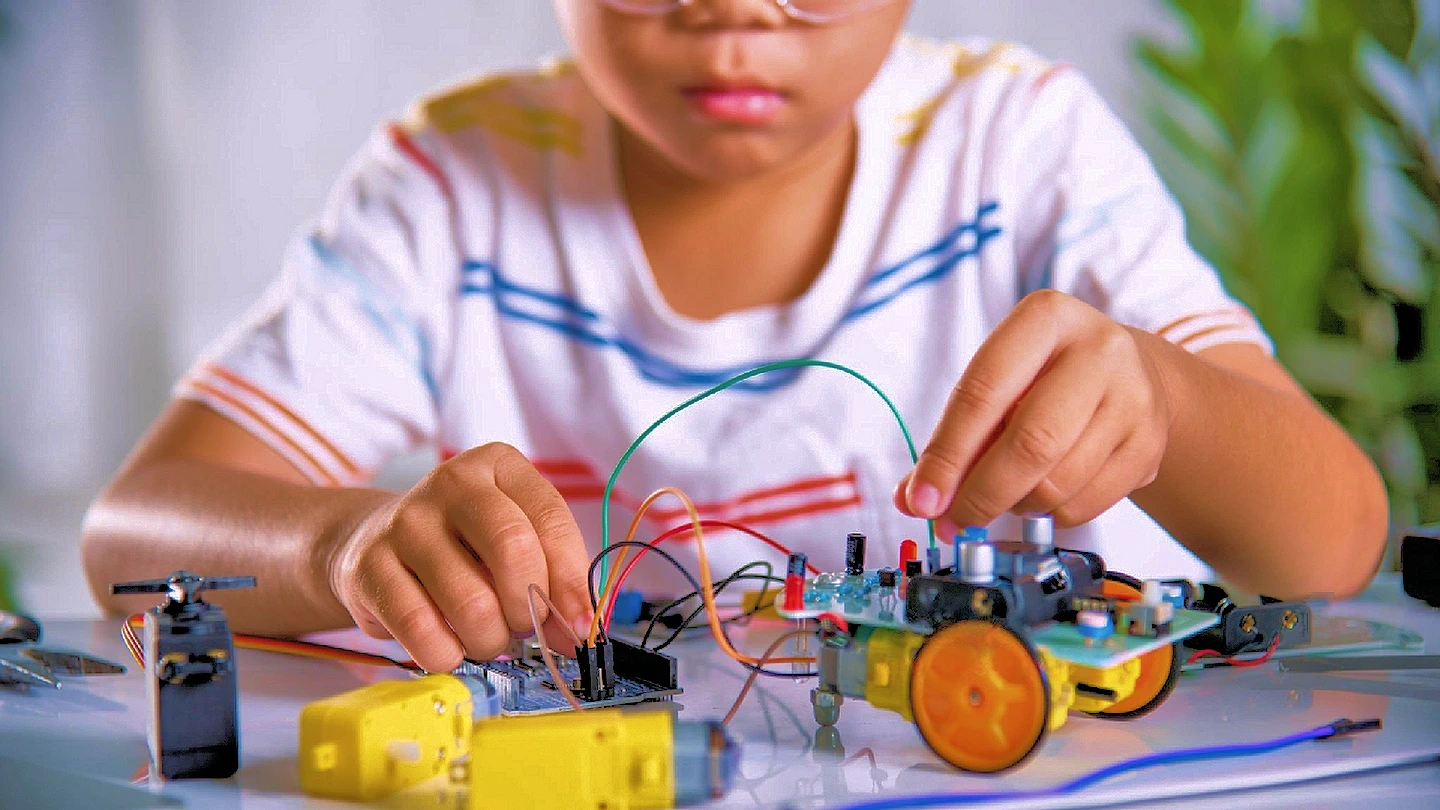One of the most exciting developments in the rapidly evolving landscape of educational technology is the introduction of haptic gloves to learning environments. These gloves, equipped with cutting-edge technology, are more than just an innovative tool; they represent a significant leap into Extended Reality, which encompasses Virtual Reality (VR), Mixed Reality (MR), and Augmented Reality (AR). This combination provides an immersive and interactive STEAM education as well as the opportunity for hands-on career exploration.
- AR overlays digital information in the real world.
- MR blends the natural world with digital or virtual elements, where physical and digital elements can interact.
- VR creates an entirely immersive virtual environment.
Let’s delve into how haptic gloves are shaping a new era of hands-on learning (forgive the pun), offering students, educators, and parents a glimpse into the future of education.
What are Haptic Gloves?
Haptic Gloves are wearable devices that simulate the sense of touch through vibrations, resistance, and other physical sensations. They enable users to interact with virtual objects as if they were real, providing a tactile dimension to digital experiences.
These gloves transform how students engage with educational content, from simulating the texture of historical artifacts to the resistance of a bowstring in an archery simulation.
Enhancing Hands-On Learning
Incorporating haptic gloves into educational settings brings a new dimension to learning, particularly in subjects where practical experience is crucial.
For example, in a science class, students can use haptic gloves to conduct virtual experiments, feeling the reaction of different substances without any risk of harm. In geography lessons, they can explore the contours of a landscape, understanding topography in a tactile manner.
3 Benefits of Haptic Gloves in Education
- The immersive nature of haptic technology captures the students’ attention, leading to better concentration and retention of information.
- By providing a hands-on experience, these gloves help demystify abstract concepts, making them more understandable for students.
- Haptic gloves allow students to experiment and learn through trial and error in a controlled, risk-free virtual environment.
Haptic Gloves in the Classroom: Practical Applications
Tailoring experiences to different educational levels is crucial in maximizing the effectiveness of haptic gloves. These gloves can turn complex topics into interactive games for younger students, making learning fun and engaging.
For older students, more sophisticated applications, like virtual science labs or historical explorations, offer depth and complexity to their studies. Each age group benefits from a customized approach that aligns with their cognitive and developmental stages.
The Teacher’s Role
Integrating haptic gloves in education is not just about the technology; it’s equally about the educators who wield it. Teachers play a pivotal role in blending this technology with traditional teaching methods.
Teachers will design lesson plans that incorporate haptic experiences in meaningful ways and guide students in navigating these new learning tools. Balancing high-tech and traditional learning is vital to ensuring students benefit from both modes.
Thus, teacher training is essential for haptic gloves to be successfully integrated into the classroom. Educators must be comfortable and proficient with technology to incorporate it into their teaching effectively.
Addressing Technological Barriers
While haptic gloves are a groundbreaking tool, they come with their own set of challenges. Technical issues must be addressed, such as compatibility with existing systems and maintenance.
Schools must also consider the cost factor to ensure this technology is accessible to all students. Solutions may include seeking grants, partnering with technology companies, or implementing shared-device models.
Future Prospects and Innovations
The potential of haptic technology extends far beyond the classroom walls. Incorporating haptic gloves in education enhances current learning experiences and prepares students for an increasingly tech-driven future. These experiences familiarize students with emerging technologies, positioning them well for future workplace demands.
Preparing for a Tech-Driven Future
Incorporating haptic gloves in education is about enhancing current learning experiences and preparing students for an increasingly tech-driven future. These experiences equip students with comfort and familiarity with emerging technologies, positioning them well for future workplace demands.
Summary
Haptic gloves are more than a technological novelty; they represent a significant shift in the educational paradigm. By enhancing hands-on learning, they open up a world of possibilities for students, making education more engaging, effective, and aligned with the demands of the 21st century. For educators and parents, embracing this technology is not just an investment in a tool but an investment in the future of education.




